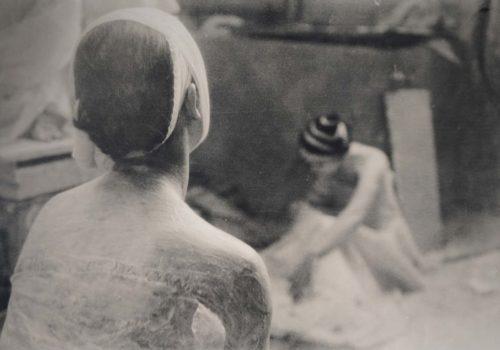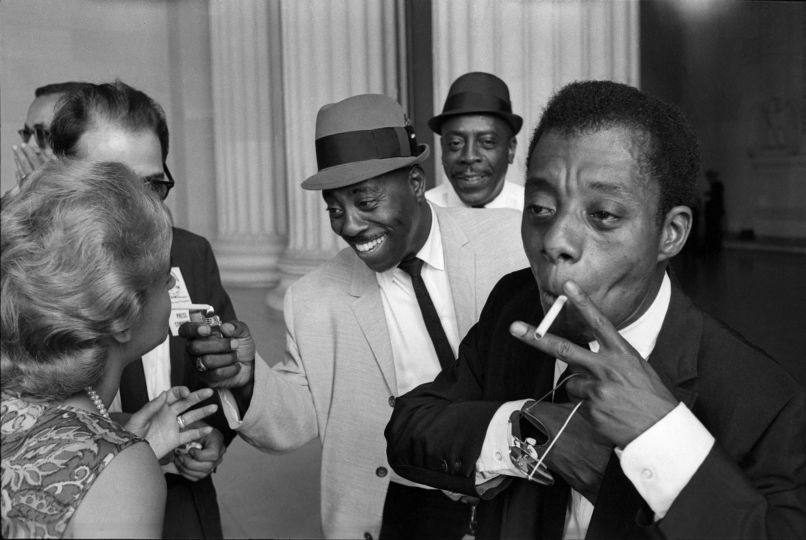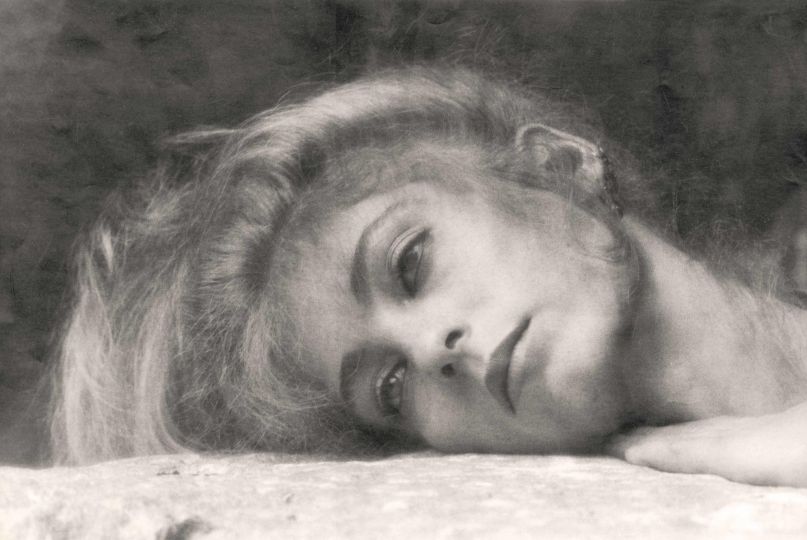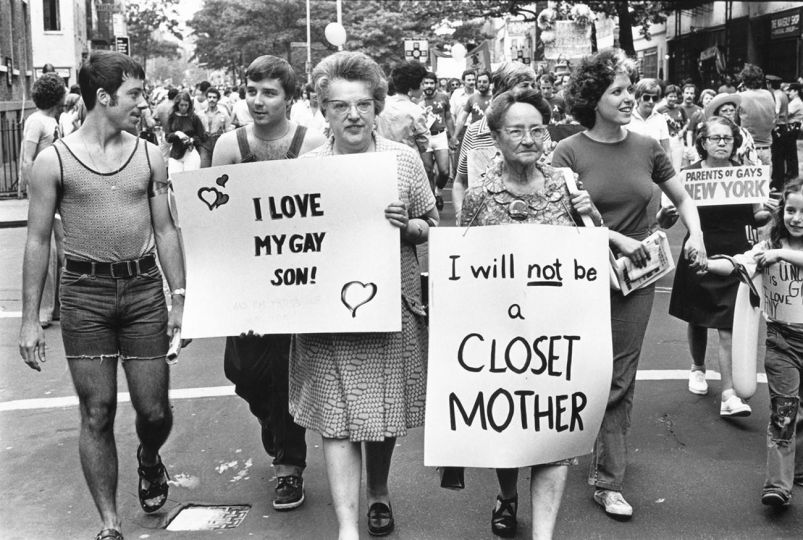The Eye of Photography met with Richard Grosbard, director of the Deborah Turbeville Archive at MUUS Collection. He tells us about the acquisition of her estate, her work trajectory and her current exhibitions.
How did the acquisition of Deborah Turbeville’s estate come about?
In January 2020, Michael W. Sonnenfeldt, the founder and owner of the MUUS Collection, appointed me as his advisor, with responsibilities that included acquiring additional archives to expand the collection. Having collected photography for over five decades, I contacted various galleries for leads. My friend and gallery owner, Deborah Bell, urged me to see the Deborah Turbeville archive. Deborah Turbeville, who passed away in 2013, had her estate managed by her executors, Paul Sinclaire and Barbara Peters. MUUS acquired Turbeville’s estate in August 2020 to preserve and celebrate the legacy of the pioneering artist.
What are your politics in terms of acquisition? Do you invariably acquire estates in their entirety ?
A combination informs the MUUS Collection’s acquisition strategy of scholarship with a dedication to cultural significance. This strategy reflects a commitment to preserving and promoting underappreciated artists. While the collection does not explicitly state that it acquires estates in their entirety, as a rule, MUUS has a thorough approach to acquisition. This approach allows MUUS to maintain the integrity and completeness of an archive. We acquire archives of artists that may have been overlooked. By doing so, MUUS aims to provide a more complete understanding of the artists’ contributions and the historical context of their work.
How much did the art world know about Deborah Turbeville when you decided to acquire her archives?
When the MUUS Collection decided to acquire the archives of Turbeville in August 2020, the art world was well-acquainted with her as a pioneering fashion photographer. Her work was known for its unconventional and avant-garde approach, spanning four decades from the 1970s, and included a distinctive style of photo collages that involved manipulating her photographs. Turbeville has been featured in numerous solo and group exhibitions at prestigious venues such as the Centre Georges Pompidou in Paris, the Hasselblad Museum in Sweden, the Kunst Museum in Joenseeu, Finland, and Studio St. Petersburg in Russia.
Her photography has been published in leading magazines like Vogue and Harper’s Bazaar, and she has more than ten books to her name, including “Wallflower” and “Unseen Versailles.”
Apart from her pictures, what did you find?
Apart from her photographs, we found in the archives of Turbeville a treasure trove of materials that provide deeper insight into her creative mind and working process. The collection includes over 30 notebooks filled with lectures and personal reflections, such as those on Julia Margaret Cameron, which offer a window into Turbeville’s intellectual pursuits and educational interests. Sketchbooks containing Polaroids suggest her initial concepts and the impromptu effects she valued, a practice she discussed in interviews. An extensive compilation of more than 80,000 negatives forms a comprehensive archive of her photographic work, crucial for understanding her artistic development. Personal photos in the collection add a layer of context, illuminating her life and the influences that shaped her artistic environment. Manuscripts and ephemera, potentially encompassing drafts and notes, reveal the underpinnings of her artistic methods and intentions. Novellas like “Passport” provides a narrative dimension that parallels her visual narratives. Furthermore, Turbeville’s authorship of more than ten books, including titles like “Unseen Versailles,” “Wallflower,” and “Past Imperfect,” stands as a significant record of her artistic vision, offering extensive perspectives on her body of work and the themes that permeate her photography.
When you asked Nathalie Herschdorfer to curate a show about Deborah Turberville, did you already know that her work was not limited to fashion, or did you discover it with her?
Nathalie Herschdorfer, as an experienced curator and art historian with a specialization in the history of photography, was aware of the breadth and depth of Turbeville’ work. Nathalie’s expertise and previous curatorial projects have included diverse artists and famous photographers. When Nathalie was asked to curate a show about Deborah Turbeville, she enthusiastically accepted the role as she knew that Turbeville’s work extended beyond the realm of fashion photography; she saw Turbeville as an artist.
Nathalie had already conducted extensive research into Turbeville’s archive and was familiar with the various aspects of her work, including the photo collages that transcend traditional fashion photography. It was with that knowledge she authored the book “Deborah Turbeville: Photocollage” (2023).
How is her fashion photography intertwined with her more experimental practice?
Turbeville’s fashion photography is deeply intertwined with her experimental practice, as she consistently blurs the lines between commercial fashion work and fine art. Her approach to fashion photography was characterized by a dreamy, melancholic aesthetic that often incorporated elements of decay and a sense of the past. Turbeville’s images were not just about showcasing clothing but were more about creating a mood or telling a story. She was known for her post-processing techniques, which included scratching, marking, or otherwise altering the surface of her Polaroids to create a distressed, timeless look. This manipulation of the physical print added another layer of artistic expression to her work. She also explored the transfer of Polaroid images into the digitalrealm, creating large-format abstract digital images from her collection of “obsolete” Polaroids. This process allowed her to reinterpret the original Polaroids and extend their creative life beyond the instant print.
Her fashion photography was always non-conformist, if we may say so. Her imagery was miles away from the raw snapshots of her contemporaries Guy Bourdin, Helmut Newton, and Irving Penn. How did her peers perceive her?
Turbeville stood apart from her male contemporaries. The work of Guy Bourdin, Helmut Newton, and others were hard-edged, highly sexualized photographs of women in comparison with Turbeville’s very different representation of beauty. Her work was often seen as a stark contrast to the glossy sex appeal of 1970s fashion photography by injecting narrative and mystery into her photos. Her enigmatic compositions and approach to the photographic material, marked by soft focus and scratches on the negatives, evoked the ethereal imagery of the late 19th century more than the raw snapshots of her contemporaries.
Could you tell us more about the controversial Bath House photoshoot?
The controversial Bath House photoshoot was part of a swimsuit editorial for American Vogue in 1975, featuring five models in an abandoned bathhouse. The imagery was starkly different from the typical fashion photography of the time, which was often glossy and polished. Turbeville’s photos were grainy and faded, with the models appearing languid and dreamy, barely aware of the photographer or each other. The shoot created a scandal due to its perceived dark and sexual overtones. Some critics and readers were shocked by the images, which they felt suggested themes such as heroin addiction and lesbianism. Despite the public outcry, the Bath House photoshoot controversy generated significant publicity and sales for the magazine.
Her work was shown at Photo Elysée in Lausanne, it is now in Amsterdam at Huis Marseille. What are the next steps of Deborah Turbeville’s trajectory?
During these two exhibitions, there have also been other shows of Turbeville’s work: “Otherworldly: Deborah Turbeville Photographs” at The Image Centre and “Deborah Turbeville: Assemblage” at Stephen Bulger Gallery in Toronto, Canada, as well as Nathalie Herschdorfer’s lecture on Turbeville’s life and work at The Image Centre, and a lecture at the National Arts Club presented by MUUS Collection, Deborah Turbeville’s trajectory includes the continuation of her retrospective exhibition at prestigious venues across Europe. Additionally, there are plans to publish two books to explore further and celebrate Turbeville’s legacy. There is also a potential documentary in the works, offering a deeper insight into her innovative contributions to photography and her lasting impact on the art form.
What aspects of her work are yet to be studied?
The MUUS Collection has been considering the many aspects of Turbeville’s work that remain to be studied, including a comprehensive examination of her influence on contemporary photography and an in-depth analysis of her techniques and their effect on portraying women in visual media. There is potential for new insights by studying her work’s intersection with other art forms and cultural movements. With the vast number of negatives in the archives, many of Turberville’s photographs may have never been seen publicly, presenting opportunities for new exhibitions that could shed light on previously unknown facets of her artistry. A technical study of these negatives could uncover details about her approach to lighting, composition, and her signature methods of altering negatives, deepening the understanding of her distinctive style.Collaborative projects with modern artists and designers inspired by Turbeville’s work could create a dialogue between her legacy and contemporary creative expressions. Additionally, the archives could serve as a rich resource for educational programs, teaching Turbeville’s techniques and approach to fashion photography. Lastly, the publication of new books or catalogs featuring these negatives, with contributions from photography historians and critics, could provide valuable commentary and contextual analysis of her work.
More information



















